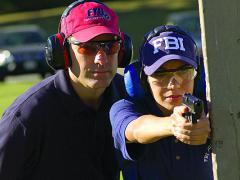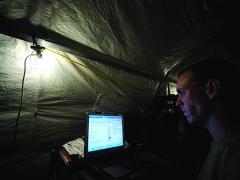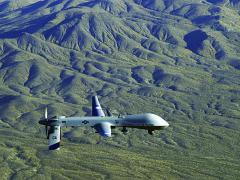Search Results for "" Homeland ""
Dispatch Center Incorporates Newest Technology, Promotes Interoperability
The new next-generation dispatch center for the San Luis Obispo County, California, Sheriff’s Office is one of the first in the nation to be completely Internet protocol-based, bridging its existin
Shifting Tides of Cyber
Industry officials foresee changes in network security.

NSA Director Says U.S. Is Best at Protecting Civil Liberties
The United States is one of the best in the world at protecting civil liberties, Gen. Keith Alexander, USA, director of National Security Agency (NSA) and commander of the U.S.
The Bottom Line: Military Operational Paradigm Shifts
Up until now, elected officials, in consultation with military and intelligence experts, have made strategic national decisions about the role of the United States in global security. But the current congressional budgeting approach is turning this procedure on its head: military leaders will tell the elected what they can accomplish with the appropriated resources.
Cyber Commander Calls for Consolidated Activities
In the midst of a raging controversy over widespread National Security Agency (NSA) monitoring, the head of the NSA and U.S. Cyber Command defends cyber surveillance efforts and calls for greater consolidation of cyber activities among diverse organizations.
Cybersecurity-- Everybody's Doing It
With attacks on critical data increasing in numbers, intensity and sophistication, securing networks is becoming a global effort while fostering greater information sharing among agencies, governments and the public and private sectors. The future of cybersecurity offers greater opportunities for industry and greater cooperation on national security and critical infrastructure protection, say executives at some of the largest U.S. defense companies.

Cyber Command Redefines the Art
The U.S. Cyber Command is developing a strategy that acknowledges the convergence of network systems by empowering a similar convergence of military disciplines to help place U.S. cyberspace operators on a level field with their malevolent counterparts. This strategy acknowledges that the structure of the cyberforce has not kept pace with technology developments. As all types of information management—networking, communications and data storage—became digitized, previously disparate disciplines assumed greater commonality. With more common aspects, these disciplines share similar vulnerabilities as well as potential solutions.


